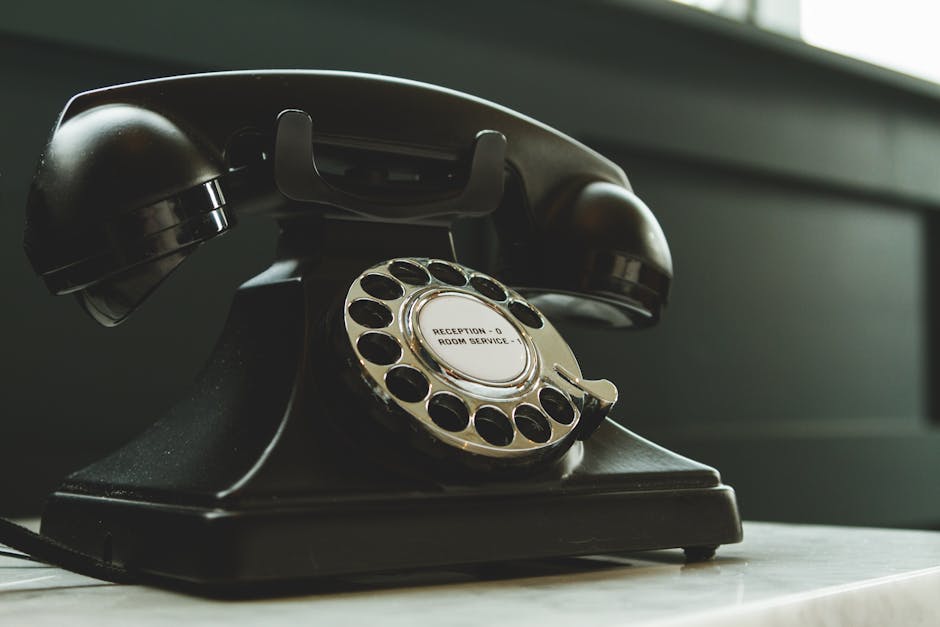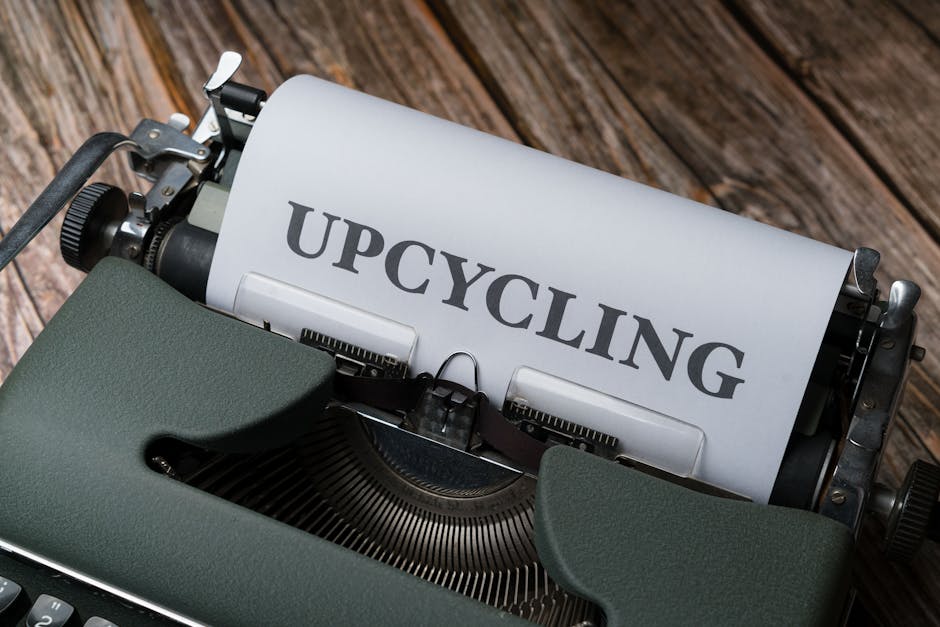Reimagine Waste: Transform Old Tech into Creative Art & Functional Items
In a world increasingly fascinated by minimalism and sustainability, the challenge we face is not merely disposal but reimagination. In 2025, outdated technology clutters homes, often discarded without a second thought. However, what if that old smartphone or worn-out keyboard could tell a new story through art or innovation? This is the transformative world of upcycling—where waste becomes a canvas for creativity and sustainability. Let’s dive into innovative ways to repurpose old tech into functional and artistic masterpieces.
The Power of Upcycling in the Digital Age

The concept of upcycling is far from new; yet, it remains incredibly relevant, particularly in our fast-paced digital society. According to the Global E-waste Monitor 2020 report, approximately 53.6 million metric tons of electronic waste is generated globally each year. By 2030, that number is projected to reach 74 million metric tons, painting a dire picture of our relationship with technology.
Interestingly, upcycling helps counteract these alarming statistics. It transforms items that would otherwise contribute to landfills into valuable resources. While many think of upcycling as simply reusing materials, it’s a form of creative expression, a way to honor oversized consumption while cultivating a sustainable mindset.
The Artistic Potential of Old Tech

Every time we replace a phone or upgrade our devices, we miss a golden opportunity to give new life to outdated technology. As artist and environmental advocate Emma O’Brien says, “Art is often born from waste, and it is through creativity that we discover purpose in what is discarded.”
Crafting Functional Items

Transforming tech into functional items is a wonderful entry point into the world of upcycling. Below is a simple guide to turn your old electronics into something useful:
Old Cell Phones into Deco-Clock

-
Gather Materials: Old cell phone, clock mechanism (available at craft stores), adhesive, and decorative elements.
-
Disassemble the Phone: Carefully open your old phone and remove any components not needed for your design. Keep the screen intact as it will act as the clock face.
-
Integrate the Clock Mechanism: Drill a hole in the center of the phone's screen to attach the clock mechanism securely.
-
Decorate: Use paint, markers, or stickers to personalize your deco-clock.
-
Set the Time: After attaching the hands to the mechanism, place your clock in a visible area to enjoy your sustainable creation.
Sharing this kind of creative project can deepen your connection with others interested in sustainable living. For more clever ideas, check out our piece on transforming everyday items into art.
Creating Art Pieces

Tech doesn’t just have to serve a purpose; it can also become striking pieces of art. Various artists use discarded electronics to create stunning sculptures, statement pieces, or installations that prompt viewers to question consumption.
Keyboard Art

Old computer keyboards can become a base for fascinating artworks.
-
Collect Keys: Carefully disassemble your keyboard and collect various keys.
-
Create a Canvas: Attach them to a wooden board or canvas in a pattern or design that resonates with you.
-
Paint & Personalize: Add colors, backgrounds or complementary materials, like wires or circuit boards, to enhance your piece.
-
Display: Once finished, mount your artwork on the wall as a conversation starter regarding upcycling and digital consumption.
Artists like Ted Lott have successfully turned waste into innovative art. His works often inspire community projects, sparking conversations about sustainability. Engaging with local artists through online platforms can yield incredible partnerships in the world of upcycling.
Environmental Benefits of Upcycling Tech

Repurposing tech waste not only supports creativity but also has compelling environmental benefits. Each upcycled piece diverts waste from landfills, reducing pollution and conserving resources.
Recycling electronics is often less effective than upcycling. Many components, like circuits or batteries, can release toxic chemicals into the environment or not be properly salvaged. Upcycling mitigates this effect by extending the lifespan of an e-product.
Energy Conservation
Additionally, upcycling saves energy compared to traditional recycling methods. From extraction to manufacturing, producing new components consumes significant amounts of energy. By upcycling existing materials, we dramatically cut down on resource depletion and greenhouse gas emissions.
Interviews with Upcycling Artists
Learning from the experiences of those who walk the talk can spark inspiration. I had the opportunity to connect with several upcycling artists forging their paths in creative sustainability.
Like artist Hayley Cottrell, who specializes in using discarded computer parts, states, “My work is a direct response to the question: how can we turn waste into beauty and utility? I aim to make people see value in what they typically throw away.”
Another artist, Jake Forster, creates intricate sculptures from old circuit boards: “The process encourages not just recycling but rethinking our consumer habits. If we created differently, we might consume differently.”
These insights provide a vision of how art and sustainability can intersect, inspiring others to follow suit.
The Broader Impact of Upcycling
By engaging in upcycling projects, we can influence our community positively. From workshops to local arts installations, the act of creatively repurposing tech can shift societal norms around consumption.
Not only does repurposing tech challenge long-standing perceptions of e-waste, but it also promotes collaborative dialogue around sustainability. Interested in engaging further? Check out our article on embracing a buy-nothing mindset for further exploration of reducing consumption meaningfully.
Practical Tips for Getting Started
If you're ready to dive into upcycling, here are some practical steps to guide your journey:
-
Choose Your Materials: Start with items you already own, such as old smartphones, cables, or gadgets that no longer serve their initial purpose.
-
Research: Look for inspiration online. Platforms like Pinterest or upcycling communities on social media provide endless ideas.
-
Join Workshops: Engage in community workshops or online courses to develop your skills. Many organizations specialize in promoting upcycled arts.
-
Document Your Progress: Capture your journey, whether through writing or social media, to share your creations and inspire others.
-
Collaborate with Others: Consider linking up with various artists in your area to engage in collaborative art pieces or events that highlight upcycling practices.
-
Showcase Your Work: Explore opportunities to exhibit your creations in local galleries or online showcases to raise awareness about electronic waste and its solutions.
By embedding creativity into our sustainable practices, each of us can contribute to a more eco-conscious world while celebrating artistry.
Next Steps: Get Crafty with Old Tech
Given the tools and inspiration available today, the potential to create something magical from old tech is vast. Whether you opt for functional items that serve your daily needs or artistic masterpieces, approaching your discarded gadgets with imagination will benefit both your home and the environment.
Engaging in upcycling opens a dialogue among friends and family, showcasing the importance of sustainability while breathing life into the mundane. Dive into your closest tech drawer, and let’s bring that forgotten tech back into the spotlight, thriving as art and functionality in our eco-friendly lives.
Resources: For further exploration, check out articles that uncover sustainability essentials, such as the significance of a digital detox or the bustle surrounding eco-myths.



